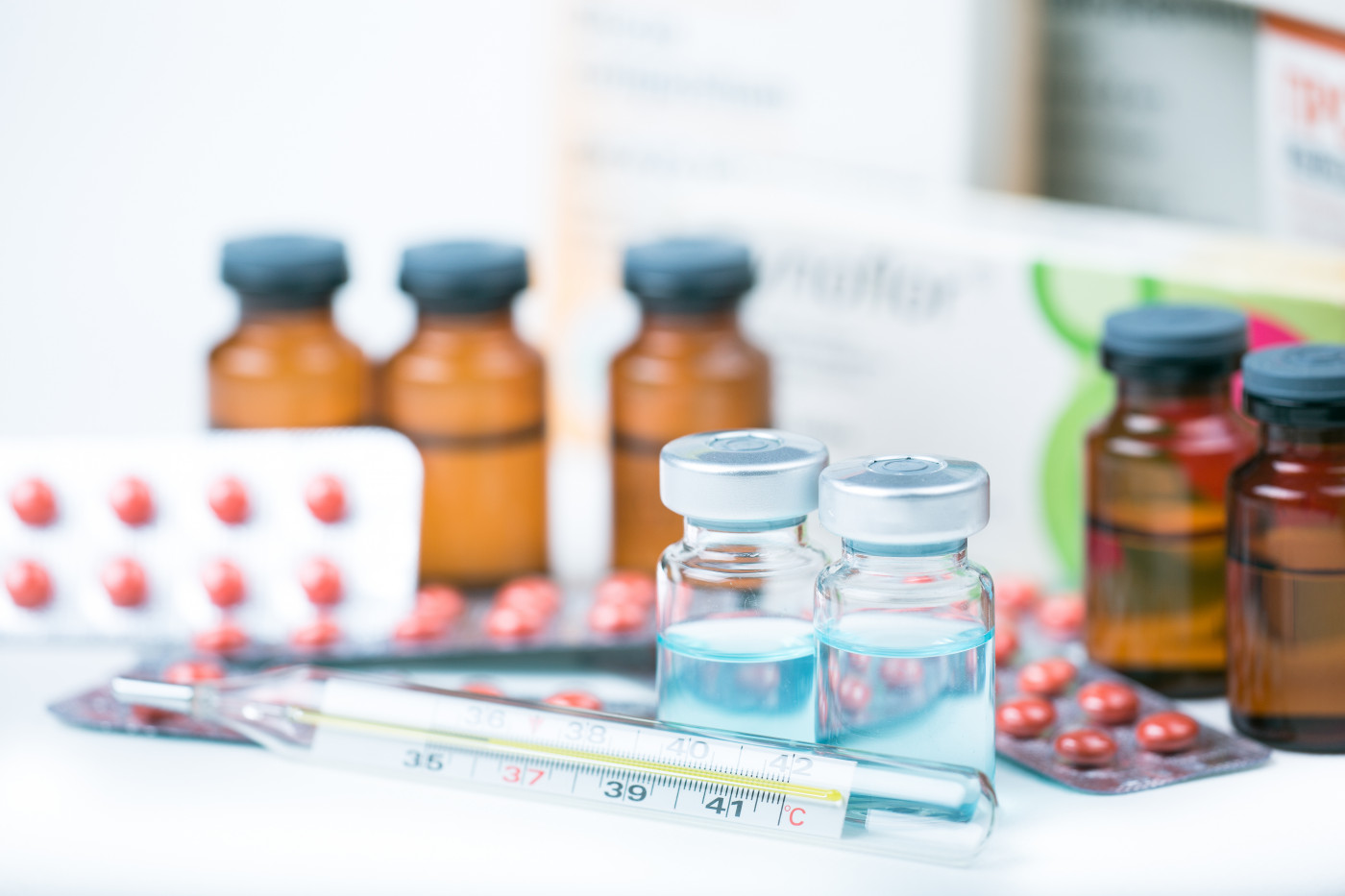Oral DMTs Still Common 1st Therapy for New MS Patients but Ocrevus Having Impact, Market Report Says

Oral disease-modifying therapies (DMTs) are the most common first choice of treatment for people newly diagnosed with multiple sclerosis (MS) in the United States, an analysis reports. Antibody-based DMTs like Ocrevus, however, are emerging competitors.
Spherix Global Insights, a market research and analysis company, states that 1 in every 5 new MS patients in the U.S. start treatment with oral DMTs due to their preference for these formulations, according to its second annual new start patient chart audit.
This class of medications include Genzyme‘s Aubagio (teriflunomide), Novartis’ Gilenya (fingolimod), and Biogen’s Tecfidera (dimethyl fumarate).
But new DMTs have entered the market in recent years, including Genentech’s Ocrevus (ocrelizumab), the first disease-modifying therapy indicated for primary progressive MS (PPMS). Physicians, patients, and industry alike have had to adapt to this growth in options and competition, the Spherix report noted.
Decisions regarding a first-line therapy are mainly influenced by clinical variables, such as patient characteristics, disability scores, lesion load, secondary disorders, and quality of life. But considerations of treatment’s likely effectiveness and risks, and the sheer range of therapeutic choices also come into play.
The audit, “RealWorld Dynamic: DMT New Starts in Multiple Sclerosis (US),” looked into trends regarding DMT use. It also assessed how clinical practice type and setting, as well as certain beliefs, influence MS treatment choices in the U.S.
Spherix researchers conducted an online survey of 274 neurologists, and 1,033 MS patients who had recently started a first-line DMT.
A majority of clinicians (two-thirds) reported prescribing oral DMTs “more frequently” as first-line agents in the past year, but their market share remained stable with the previous year’s audit, the report noted.
The antibody-based DMT class had the greatest gain in share — a near doubling in new start business volume — largely due to Ocrevus, an intravenous therapy. Researchers attributed this mainly to its approval for both PPMS patients and those with relapsing-remitting MS.
“The mAb [monoclonal antibody] DMT class has experienced the largest gain among PPMS patients where neurologists tend to underestimate first-line use of the infusion therapies,” Spherix stated in a press release.
A 30 percent increase was also seen across other antibody-based DTMs, including with Biogen’s Tysabri (natalizumab) and investigational therapies such as Novartis’ ofatumumab, and TG Therapeutics’ ublituximab.
“The mAb DMT class as a whole should be viewed as an emergent first-line competitor for newly diagnosed patients presenting with progressing disability where the neurologists’ desire for a high efficacy agent will direct brand selection,” Spherix said.
Connect with other patients and share tips on how to manage MS in our forums!
Still, the audit continued, about half of all newly diagnosed patients were treated with “traditional” first-line agents — the injectable interferons like Biogen’s Avonex (interferon beta-1a), and glatiramer acetates like Teva Pharmaceutical‘s Copaxone.
But the recent availability of generic glatiramer acetate formulation, introduced by Mylan, has created pressure on Copaxone and others, often due to choices made by pharmacies. Indeed, one-third of patients using a generic glatiramer acetate medication were initially prescribed Copaxone; in 3 out of 5 cases, the switch was promoted by pharmacy-level pressure. This is a trend Spherix expects to continue, it said.
“[W]e anticipate exponential generic erosion of the brand over the next year, especially with the availability of Glatopa 40 mg [Sandoz‘s injectable glatiramer acetate] and aggressive generic price cuts,” the company noted in its press release.
The “Real World Dynamic” report also noted that, despite the therapeutic options available, considerable work still remains to improve MS management. While neurologists reported that 50 percent of RRMS patients started on DMTs upon diagnosis, patient responses showed that only 17% actually did.
The vast majority reported starting a first DMT on a later medical visit up to three months after their diagnosis.
Patient resistance and a diagnosis given by a different neurologist were the most common reasons for lengthy delays — four months or more — of DMT initiation. Insurance issues also contributed, with glatiramer acetate agents particularly, which the report suggested might be due to the availability of less expensive generics.






